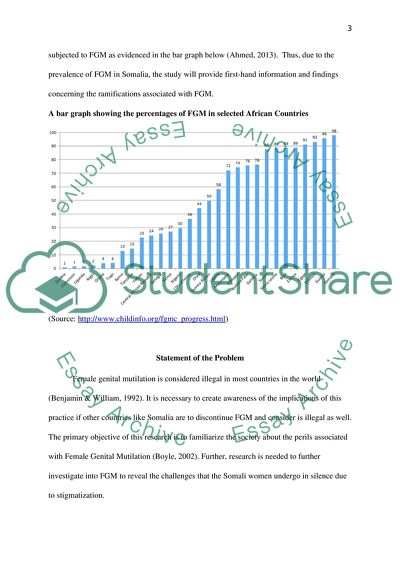Cite this document
(The Health Implications of Female Genital Mutilation on the Somali Research Proposal Example | Topics and Well Written Essays - 2000 words - 1, n.d.)
The Health Implications of Female Genital Mutilation on the Somali Research Proposal Example | Topics and Well Written Essays - 2000 words - 1. https://studentshare.org/health-sciences-medicine/1804051-female-genital-mutilation
The Health Implications of Female Genital Mutilation on the Somali Research Proposal Example | Topics and Well Written Essays - 2000 words - 1. https://studentshare.org/health-sciences-medicine/1804051-female-genital-mutilation
(The Health Implications of Female Genital Mutilation on the Somali Research Proposal Example | Topics and Well Written Essays - 2000 Words - 1)
The Health Implications of Female Genital Mutilation on the Somali Research Proposal Example | Topics and Well Written Essays - 2000 Words - 1. https://studentshare.org/health-sciences-medicine/1804051-female-genital-mutilation.
The Health Implications of Female Genital Mutilation on the Somali Research Proposal Example | Topics and Well Written Essays - 2000 Words - 1. https://studentshare.org/health-sciences-medicine/1804051-female-genital-mutilation.
“The Health Implications of Female Genital Mutilation on the Somali Research Proposal Example | Topics and Well Written Essays - 2000 Words - 1”. https://studentshare.org/health-sciences-medicine/1804051-female-genital-mutilation.


